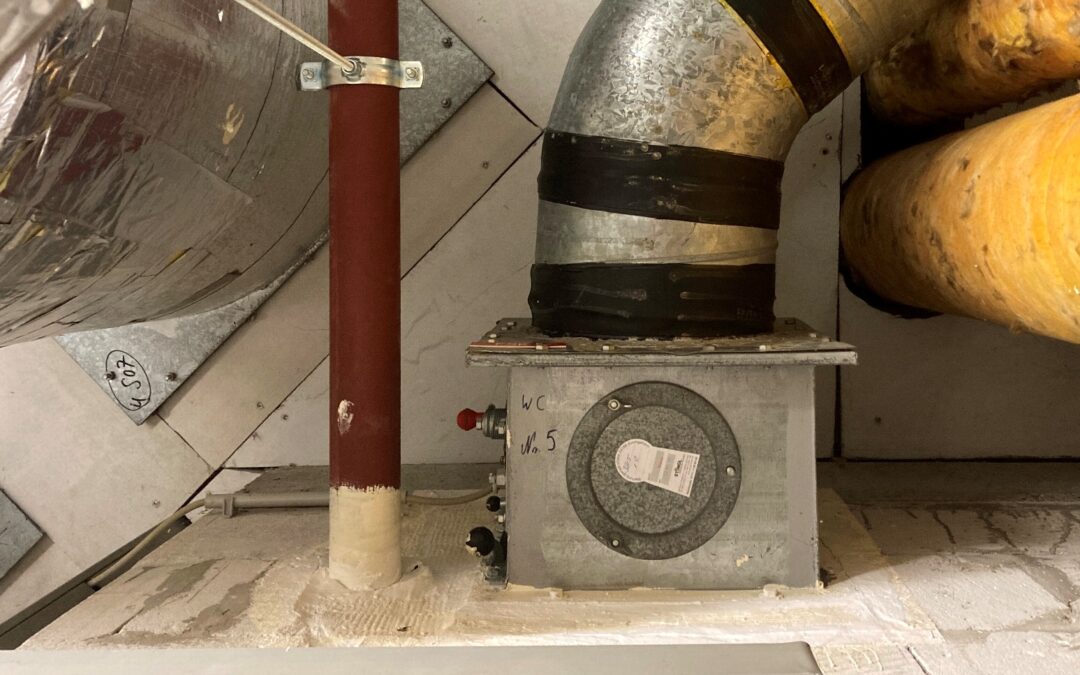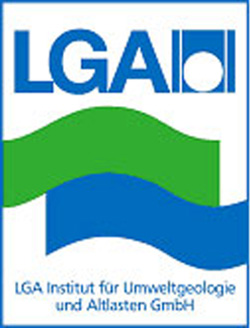LGA Impulse - Online Edition With the current...
Crocidolite (blue asbestos)
Crocidolite (blue asbestos)
Crocidolite is a fibrous variety of the rather rarely occurring chain silicate riebeckite from the alkali amphibole group. It is named blue asbestos because of its bluish to violet color. As with the other asbestos minerals, blue asbestos was popular in the construction sector because of its heat- and acid-resistant properties, especially as sprayed asbestos for fire protection in buildings with steel skeletons.
The greater tendency of blue asbestos fibers to split longitudinally makes the mineral more hazardous than Chrysotile (White Asbestos).
LGA Institut für Umweltgeologie und Altlasten GmbH
Christian-Hessel-Str. 1
D-90427 Nürnberg
Phone: +49 911 12076 100
Telefax: +49 911 12076 110
info@LGA-geo.de
bewerbung@LGA-geo.de
News
Impulse Online Edition
Asbestos – Article in the NN from 02.07.2024
Asbestos - Article in the NN from 02.07.2024 Our expert...

Successful recertification according to ISO 9001
Successful recertification according to ISO 9001 Posted on...

Demolition of old coal silos
Abbruch von acht 33 m hohen Kohlesilos am Kraftwerk...

VDI guideline on asbestos-containing BSK
Fire dampers containing asbestos - New VDI guideline...
Older articles
